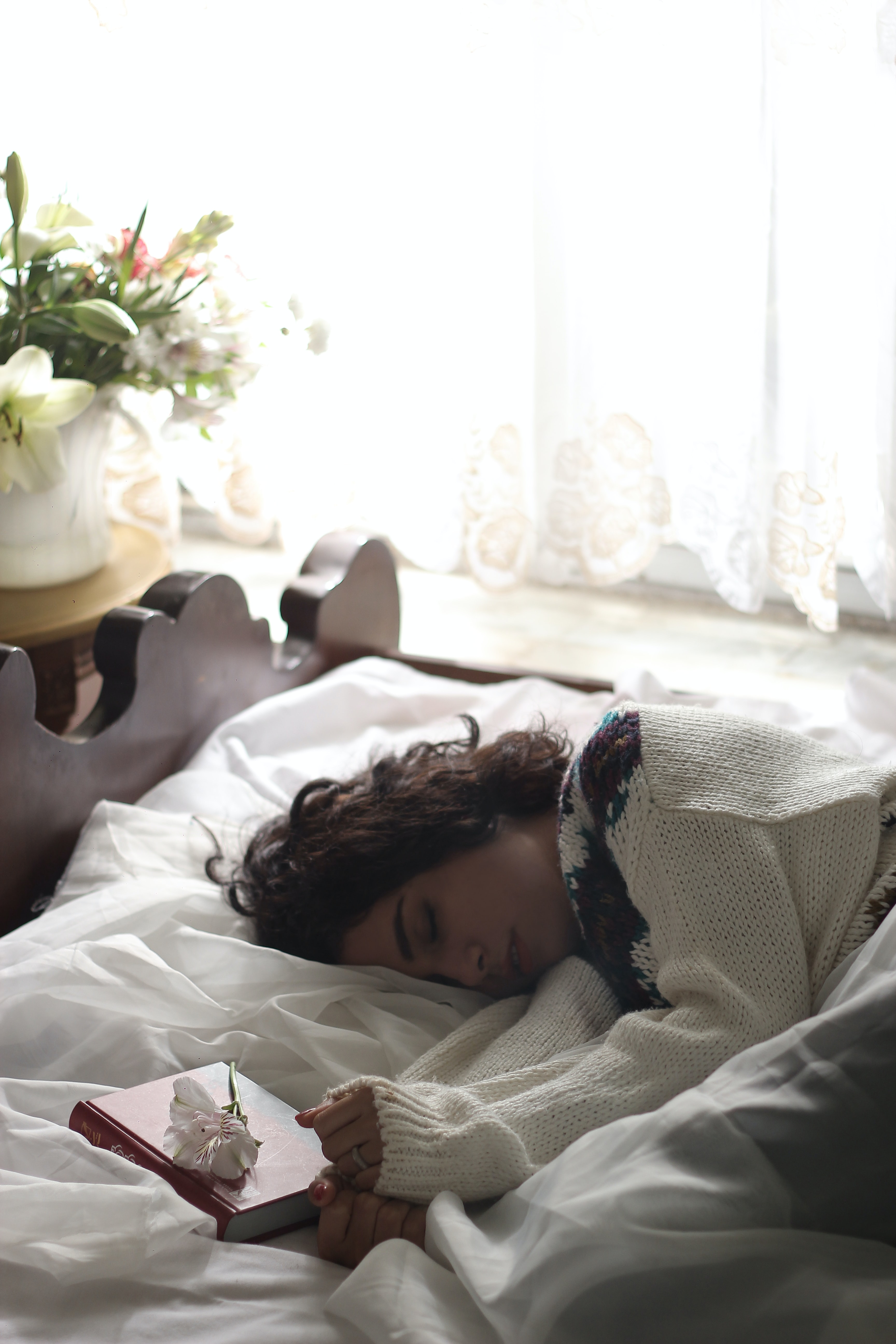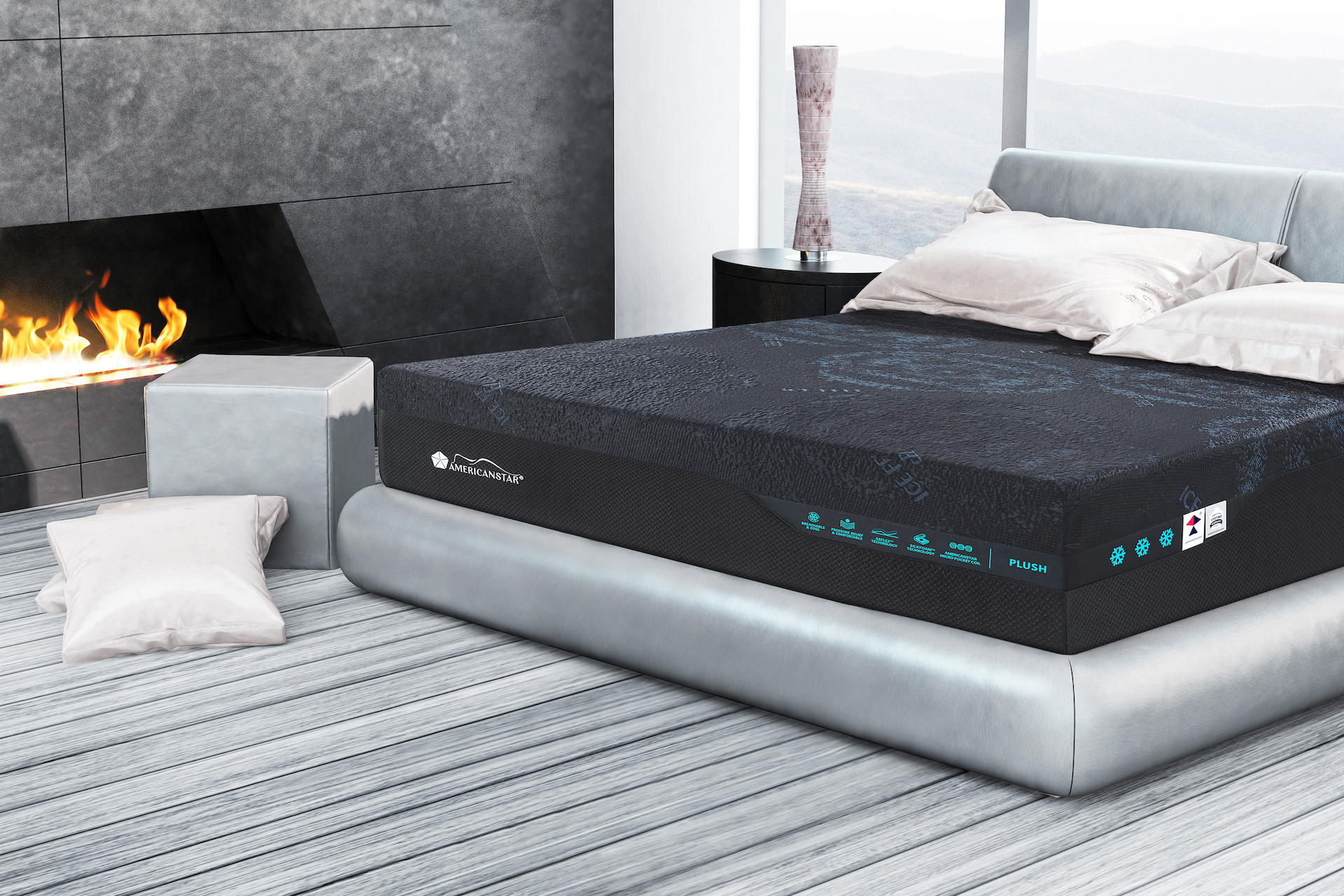Pillow hygiene - Can it impact your sleep?
Pillows, like everything else, deteriorate with use over time, which can affect your sleep quality. How quickly they deteriorate is affected by how they are used, what they are made of, and hygiene factors.
The transfer of oils and dirt can impact pillows and dead skin from our face, head, and neck when it comes to hygiene. Apart from potentially degrading the materials used in pillow construction, resulting in a less comfortable and supportive pillow, these can also promote the growth of dust mites, which can cause allergic reactions in some people and trigger asthma attacks. So, how do you keep your pillow clean and fresh for the best possible sleep?
Why your pillow matters
A good pillow and mattress are essential for restful sleep. A bad sleeping environment can cause discomfort, tossing and turning, waking up tired, neck pain, arm numbness, waking up worried and scared, and so on. The alignment of your neck, back, and spine is also affected by your pillow. Malalignment, when combined with pre-existing conditions, can exacerbate symptoms. A good pillow can help you wake up pain-free and remove one barrier to a good night's sleep.
5 essential factors about pillow hygiene you should know
Why do your neck and back hurt
Pillows, like most other things, have a lifespan. Pillows begin to flatten due to how frequently they are used and stored. These become harder and more uncomfortable than the soft yet firm loft that supports your spine alignment. Using an overly soft pillow can cause more harm than good. It can result in problems such as cervical pain and disc herniation.
How firm is enough
While the user determines the firmness of a pillow, the criteria for proper firmness should apply to all. A good pillow should be supportive but not too firm and soft but not squishy. The loft should be firm enough to keep the user's head from sinking in but soft enough to make them feel comfortable.
Designs as per requirements
Users should consider their designs before purchasing pillows from anywhere. Ergonomic pillows and cervical pillows, for example, are specifically designed to provide relief from cervical pain. Similarly, people who use Continuous Positive Airway Pressure (CPAP) machines and have obstructive sleep apnea can benefit from specially designed CPAP pillows, which provide a better sleeping experience than standard pillows.
Get rid of allergens
Using worn-out pillows can result in allergic reactions such as a stuffy nose, sneezing spells, and, in some cases, fever. This is because old pillows absorb moisture, making them vulnerable to dust mites and mold. However, the introduction of hypoallergenic pillows can provide significant relief to modern users. These pillows resist common household allergens such as pollens and dust, allowing users to live a healthy lifestyle.
Enhanced breathability element
It is widely assumed that using new pillowcases can reduce the occurrence of acne and hair breakage. Pillows with appropriate breathability characteristics allow moisture and heat to pass through. As a result, they remain dry and unpolluted, allowing users to get their much-needed beauty sleep.
According to industry experts, consumers should replace old pillows with new ones every two years. Worn-out pillows, on the other hand, can cause unnecessary neck and back pain, stress, and difficulties for people trying to get a good night's sleep. It would help if you had a good night's sleep to keep up with this volatile and highly hectic lifestyle. So, choose a pillow that complements the factors above and unwind your stressed thoughts to enter the calming state of a peaceful night's sleep.
The top three tips remain pillow clean and fresh
Regularly wash your pillows. Many people purchase machine-washable pillows but never wash them. If your pillow or cover is machine washable, we recommend you wash it regularly. How frequently? It depends. You are in the best place to decide how often you wash your pillow because you use it and change the pillowcases on it. If it shows signs of discoloration or begins to smell, it is a sure sign that your pillow needs to be washed.
A word of caution on washing your pillow
Please ensure the pillow is completely dry before using it, follow the washing instructions on the care label, and avoid washing your pillows too frequently, as this may cause them to deteriorate faster than usual.
Use a good-quality pillow protector
There are numerous pillow protectors, ranging from the most basic to those with extra quilted comfort and unique features such as stain resistance, waterproofing, and anti-stain pillow protectors.
In some cases, good quality pillow protectors will help keep your pillows in such good condition that you will only need to wash them rarely, if ever.
Don't keep your pillow for too long
It's incredible how many people keep their old pillows for too long. Under normal usage conditions, the average polyester pillow has a life span of 18 months to 2 years. The average life of memory foam and latex pillows is 2-5 years.
So, how do you know when you need a new pillow? If you've been using a polyester pillow for up to 2 years or a latex or memory foam pillow for up to 5 years, it's probably time to replace it. Other signs include the pillow losing its shape, being too flat or soft, or appearing tatty and worn in general.
These are general guidelines; always choose what is most comfortable and produces the best sleep. Sleep duration and quality impact how you feel and present yourself. Allow yourself the advantage of proper pillow hygiene.








